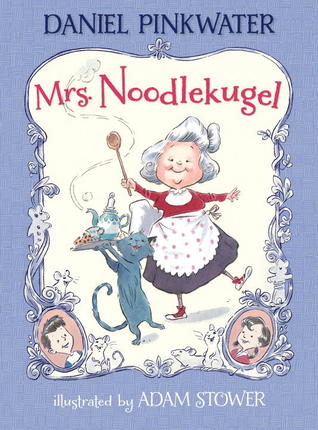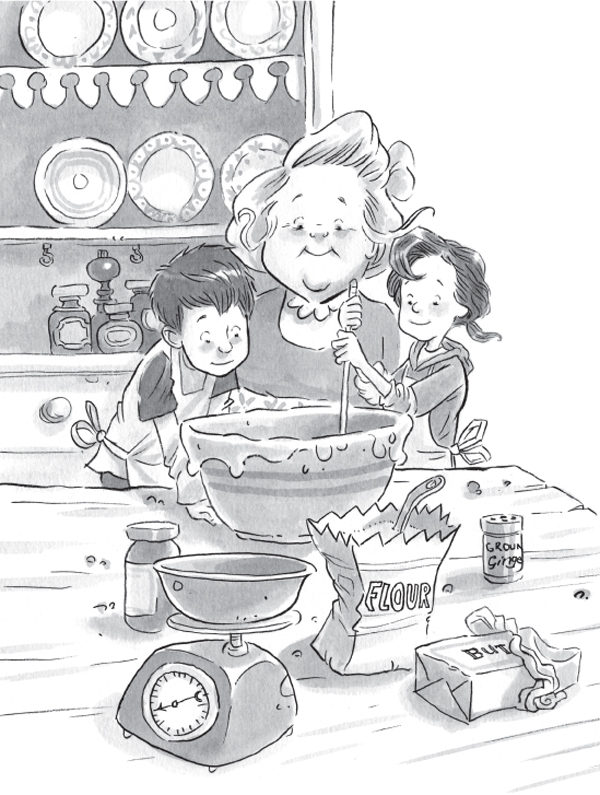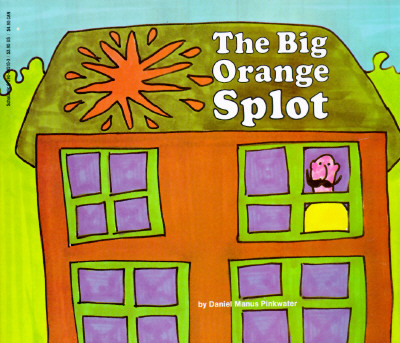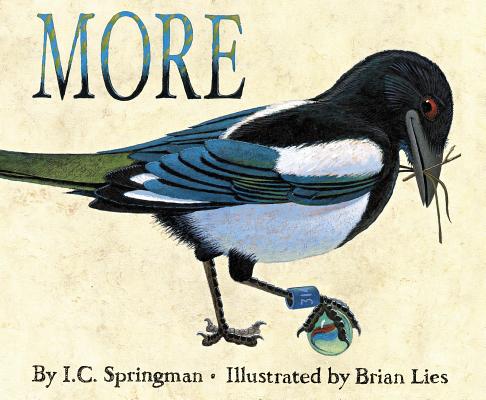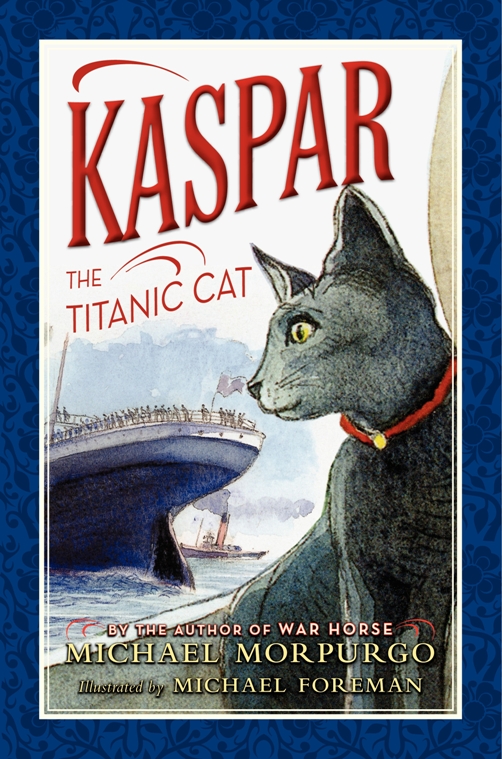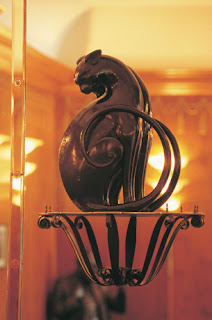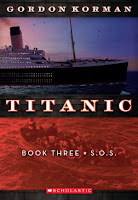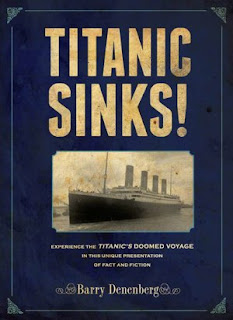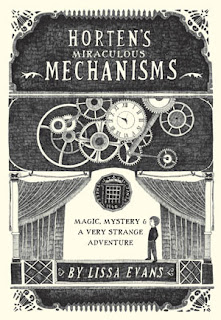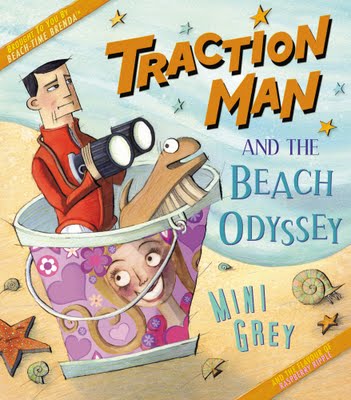Despite intentions otherwise, the Reading Level 1.5 label at wellness-geniar.com represent a wide range of books. My intention with this distinction is to recommend books that can serve as a bridge between the large format, leveled beginning to read books and the smaller chapter books like Magic Tree House, Junie B Jones, Ivy + Bean and the like, which are a solid second grade reading level, if not a bit higher in many cases. While the books that end up with this label don't always fit the mold I thought they would (graphic novels like the fantastic TOON Books and the super Squish series as well as books that probably truly belong in the Reading Level 1 category like Penny and Her Song, Ling and Ting and the sublime Dodsworth) they are all standouts for their wonderful stories, great illustrations and, above all, ability to serve as bridge books for emerging readers. Chapter books like the Lighthouse Family series and The Cobble Street Cousins, both by Cynthia Rylant, as well as the Andy Shane series by Jennifer Richard Jacobson, books that have less than 70 pages and lots of illustrations but look like the higher reading level chapter books are examples of what I had in mind when I created this label. I am thrilled to add to this list Mrs Noodlekugel, the delicious new book from the venerable Daniel Pinkwater with illustrations by wonderful Adam Stower, who reminds me a bit of one of my favorites, Chris Riddell.
At 72 pages long with a large font and lots of pictures, Mrs Noodlekugel could almost work as a picture book, but I am very glad it is a chapter book. There are so few books written at this level and so many readers anxious to make the jump to chapter books and not quite ready, that I would be happy to see a whole new section created at the bookstore where I work just for these "bridge" type books. Happily, Mrs Noodlekugel is going to be a series (yet another thing emerging readers crave when choosing a book)! At the start of Mrs Noodlekugel, we find main characters, siblings Nick and Maxine, have just moved into a high rise building. Standing on his dresser, Nick calls Maxine to his room to look out the window at the curious sight he has discovered - a little house tucked in a garden and surrounded by more high rises - a bit like Virginia Lee Burton's Caldecott winning The Little House. The two are curious and unsure of how to get to the house, ruling out using a rope to rappel down the side of the building. Instead, they decide to ask Mike the janitor. If you don't know the work of Daniel Pinkwater, for kids or adults, then you might not realize that he is usually a bit of a subversive with a pretty kooky way of seeing the world that somehow makes sense in the end (see The Hoboken Chicken Emergency or his fantastic picture book that he illustrated, The Big Orange Splot). You might not even learn this about him by reading Mrs Noodlekugel until you come to the character of Mike the Janitor, anyway. Nick and Maxine found Mike the janitor sitting in "a little room in the basement, eating stewed tomatoes out of a can, talking to himself, and listening to the radio." Stower's brilliant illustration shows a fella with thick droopy eyebrows, a five o'clock shadow and a thick droopy mustache. And canned tomatoes! Mike tells the kids a bit about the lady who lives in the house and that they can reach it by going through the boiler room, but not to tell their parents about this. Nick and Maxine make their way through the dark, kind of spooky room and emerge into a a lush green oasis with a charming little house in the middle.
The two approach the house and are met by Mr Fuzzface, the talking (among other things) cat who appears to be a lawn ornament at first. Mrs Noodlekugel invites the siblings in to tea and introduces them to her curious world. She tells them how she met Mr Fuzzface when she was working on the railroad. He was a "railroad cat and could not speak a word of English." Mr Fuzzface assures the children that Mrs Noodlekugel was "very patient. Cats have trouble with consonants, you see." Mrs Noodlekugel gave him exercises, like saying "jingle, jungle, jungle joker" one hundred times. The children also meet the mice, four farsighted, prize winning rodents who, when they ate crumbs at the table, "went to put them in their noses and eyes as often as their mouths."
The children confess to their parents, who expressly told them not to bother their neighbor, and their parents reveal that they expected them to all along and have in fact hired Mrs Noodlekugel to be their occasional babysitter. The next day the siblings visit and help make gingerbread mice. Part of the process involves the real mice flattening themselves on top of the cookie dough so that their mouse-shapes can be traced. Then, the mice make their own cookies, which, due to their farsightedness, look like blobs. Wary about eating cookies that mice have rolled all over, Mrs Noodlekugel assures the children that they will be eating the gingerbread blobs, the gingerbread mice are just for fun. And what fun they are! After the mice decorate their cookie doubles, the gingerbread scampers out the door and down the lane.
